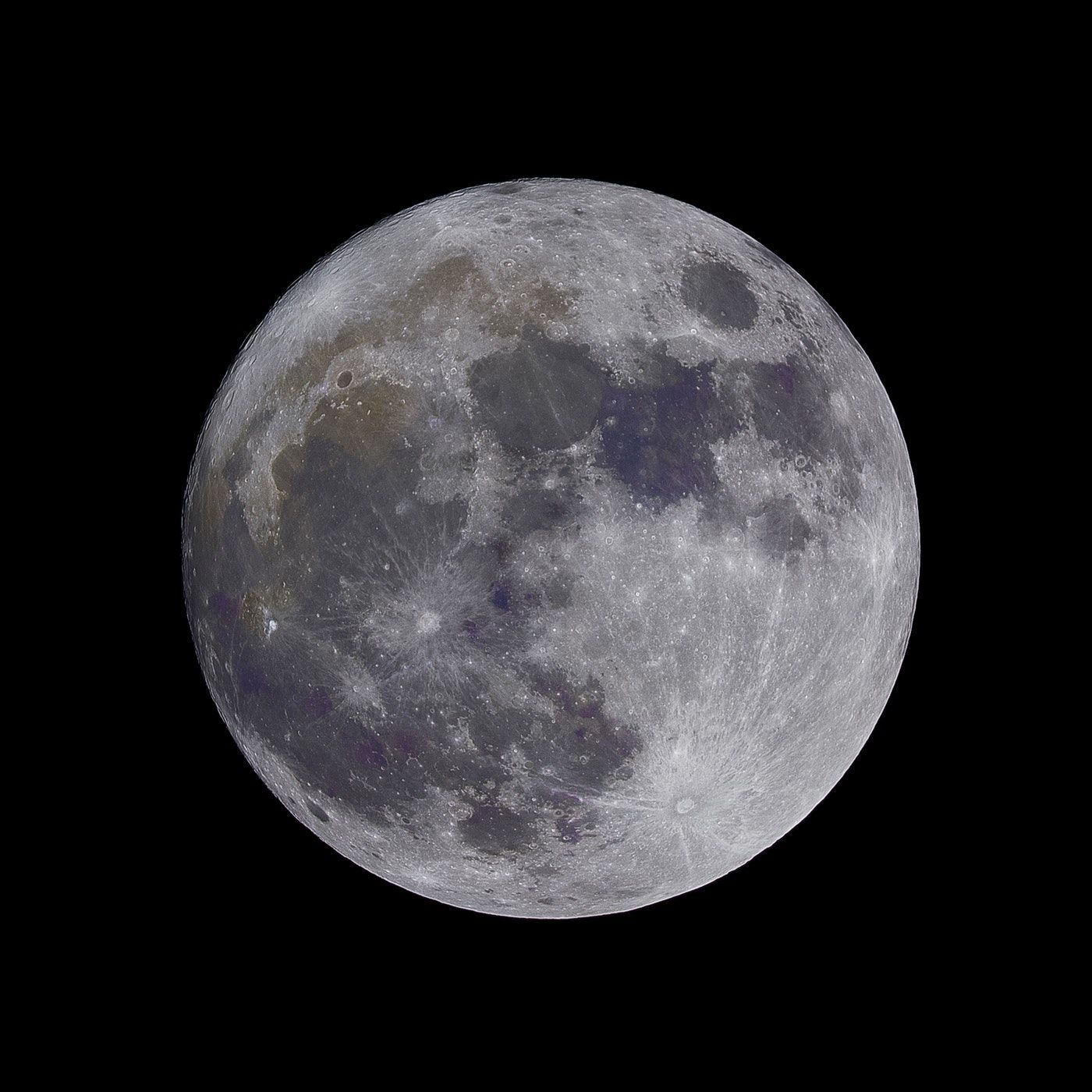Scientists grow plants on the dark side of the moon
When the un-crewed Chang’e 4 probe performed the world’s first soft landing on the far side of the moon, China achieved a major milestone in space exploration. The static lander, which launched on 7 December, touched down at 10:26 am Beijing time on 3 January in the South Pole-Aitken basin.
The craft, named after the Chinese moon goddess, carried a 3kg aluminium canister, known as a “moon surface micro-ecological circle”. The container, which cost more than 10 million yuan (£1.15 million), housed cotton, arabidopsis, and potato seeds, as well as fruit fly eggs and yeast.
Potato and arabidopsis, a small flowering plant belonging to the mustard family, were chosen for the experiment because they grow quickly and can be easily observed by scientists. “And potato could become a major source of food for future space travellers,” said Professor Liu Hanlong, chief director of the seed experiment and Vice President of Chongqing University.
The craft, named after the Chinese moon goddess, carried a 3kg aluminium canister, known as a “moon surface micro-ecological circle”
The idea of the “mini lunar biosphere” experiment, which was designed by scientists from Chongqing University, was to establish a self-sustaining environment for life off our planet. The plants would provide oxygen and food to sustain the fruit flies, which would feed on the yeast and produce the carbon dioxide which, through photosynthesis, would be fixed into sugars.
On January 15, China’s National Space Administration (CNSA) released a picture which showed a small green shoot growing from the cotton seed. Zinnias have been grown on board the International Space Station, and Chinese ‘taikonauts’ grew rice and thale cress in China’s Tiangong-2 space lab. However, “this is the first time humans have done biological growth experiments on the lunar surface,” said Professor Xie Gengxin, who led the design of the experiment.
Just 24 hours after releasing the images sent back by the probe, China announced that its moon garden was dead. When lunar night fell, temperatures plummeted as low as -170°C and the plant’s short life came to an end. Professor Xie revealed to the state-run Xinhua News Agency that the fate of the sprouting cotton seed was anticipated, “Life in the canister would not survive the lunar night.”
Just 24 hours after releasing the images sent back by the probe, China announced that its moon garden was dead
By landing on the dark side of the moon and successfully growing plants, China has made clear its ambition to become one of the world’s major superpowers in space exploration. A large element of the Chinese programme is preparing for living in space, and being able to grow plants on the moon could be crucial for establishing a more permanent human lunar outpost. Indeed, Professor Liu commented “We have given consideration to future survival in space. Learning about these plants’ growth in a low-gravity environment would allow us to lay the foundation for our future establishment of space base.”
China’s motivations for sustained human presence in space may include extracting valuable resources from the moon or asteroids, as well as preparing for a ‘lifeboat scenario’ where the Earth becomes uninhabitable.
The Chinese space agency has revealed that four more lunar missions are planned, with Chang’e 5 – which will collect moon samples and deliver them to Earth – confirmed to launch later this year. This will be the first lunar sample return mission since the Soviet Union’s Luna 24 in 1976.
By landing on the dark side of the moon and successfully growing plants, China has made clear its ambition to become one of the world’s major superpowers in space exploration
Wu Yanhua, the deputy head of the CNSA, revealed that “Experts are still discussing and verifying the feasibility of subsequent projects, but it’s confirmed that there will be another three missions after Chang’e 5.” Chang’e 6, which is expected to launch in 2020, will attempt to collect lunar samples from moon’s south polar region and return them to Earth.
According to Wu, the series of missions which follow the third phase of the programme will lay the groundwork for the construction of a lunar science and research base, possibly using 3D printing technology.

Comments
Comments are closed here.